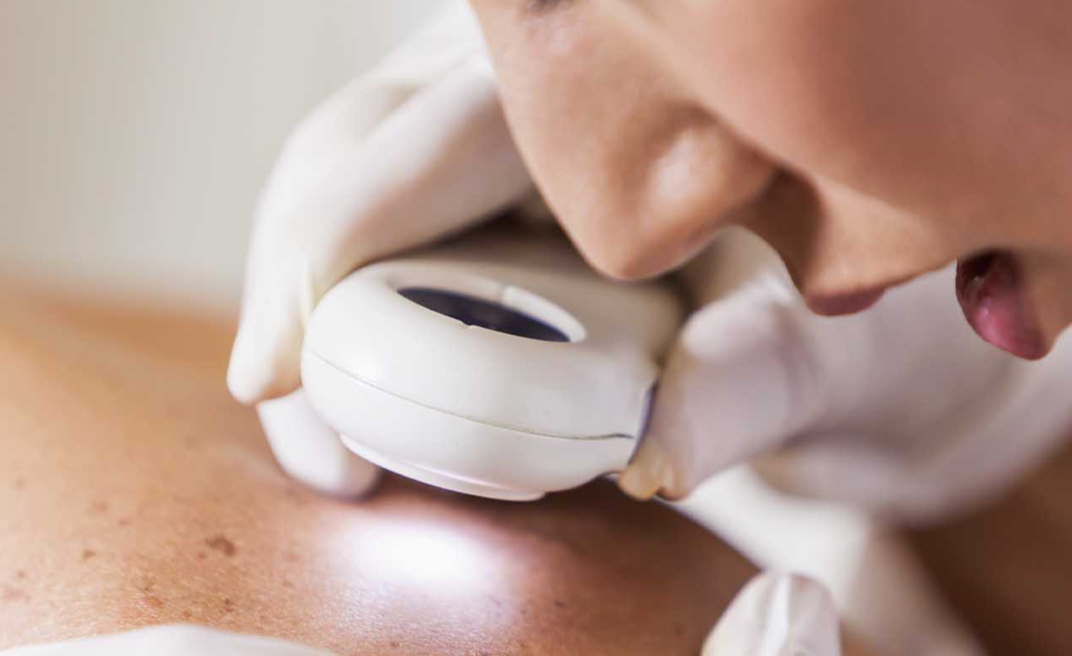WHAT DOES A SQUAMOUS CELL CARCINOMA LOOK LIKE?
SQUAMOUS CELL CARCINOMA
London Dermatology | 13 March 2025
In the UK, squamous cell carcinoma (SCC) makes up 23% of non-melanoma skin cancers (NMSC), making it the second most prevalent type of skin cancer. SCC usually appears on the face, scalp, hands, and ears—areas that are exposed to sunlight.
SCC can grow rapidly and spread to other parts of the body in severe cases, although it is usually curable when discovered early. An overview of SCC is given in this guide, along with information on its causes, symptoms, treatments, and preventative measures.
A swollen, red, scaly patch on your skin that doesn’t go away is typically the first indication of an SCC. An SCC is most frequently found on the head, ears, lips, legs, forearms, or back of the hands. If it appears on your lips, it may resemble a little ulcer or a persistent patch of scaly skin.
Your SCC may also look like:
a crusted sore
a small ulcer or thickened scaly skin on the lips
a patch of skin that’s sore
a firm, red lump
a sore or rough patch inside your mouth
a red, raised sore around your anus or genitals
In the course of a few weeks or months, an SCC will most likely grow rapidly. Avoiding sunburn is the most effective method of preventing SCC. When the UV Index is greater than 3, like in the middle of the day, stay indoors. Always use sunscreen with an SPF of 30+ (or higher), seek shade, and dress in sun-blocking apparel, a hat, and sunglasses. Avoid tanning salons at all costs.

